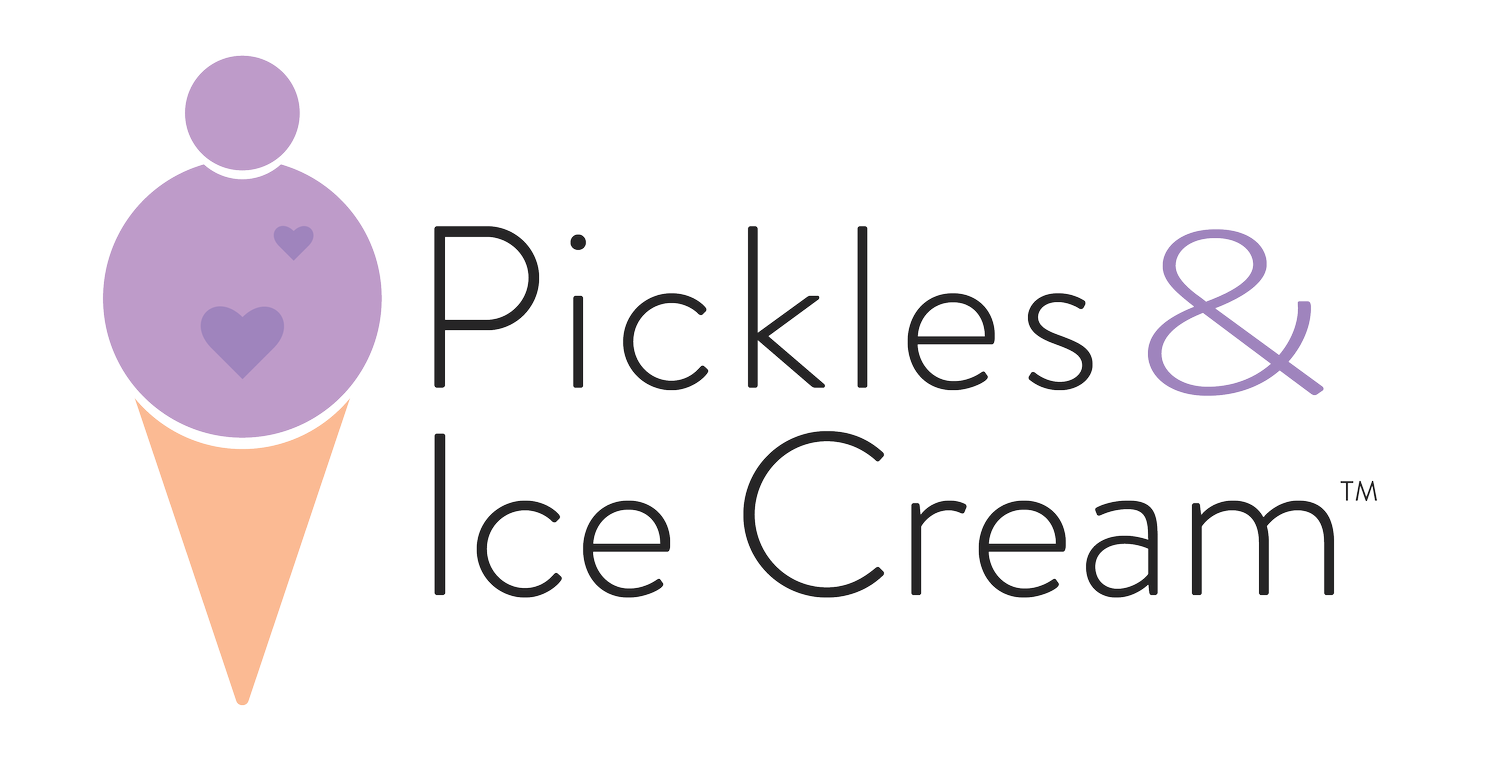Breastfeeding & Safe Sleep
➝ Breastfeeding at night is a key development of infant health.
➝ Balancing safe sleep with a healthy breastfeeding schedule is essential.
➝ Always remember the ABCs of Safe Sleep- Alone, on their Back, in a Crib, every time!
As much as we all wish our babies slept through the night right away, nighttime feedings are key to their growth and development, especially early on! However, even in your sleep-deprived state, it is important to make sure that you are ready to nurse baby while also ensuring safe sleep practices.
With a newborn, it is important to nurse them 8 to 12 times (or even more!) in 24 hours. This can be every two hours both day and night! This helps stimulate milk production so that you can produce as much milk as your baby needs. The frequent feedings also help your baby to regain weight that they lost after birth, while protecting them against jaundice.
You can set up everything you will need at night to nurse baby ahead of time to make it all a little easier.
Here are a few things to consider:
A comfortable chair next to the bed to nurse in
A breastfeeding pillow to support baby and help reduce strain on your necks and arms while you nurse
A night light so that you can see without making the room too bright
Nipple cream, breast pads and any other things you typically use when breastfeeding during the day
A water bottle or snack for you. Nursing makes you hungry and thirsty!
Supplies to change baby’s diaper and a spare change of clothes take care of any spit up.
Even if you are prepared, sleepless nights are hard and it’s important to make sure that when you are not nursing, both you and your baby are able to sleep safely. Pickles & Ice Cream Georgia (P&I) has lots of resources and educational classes, so make sure to check out what we have available!
Here are 3 important tips to set your baby up for safe sleep:
Pediatricians recommend that babies sleep in the same room as mama and close to the parent’s bed for the first year or at least for the first 6 months. This also makes it easy to get out of bed and nurse baby.
“Back” to sleep for every sleep
Babies should be placed flat on their backs, not in a reclined position to sleep unless otherwise directed by your provider.
Prepare the sleep environment
Use a firm sleeping surface. A firm mattress in a crib, bassinet or portable crib is perfect!
Use a snug fitting swaddle or sleep sack. Do not use a loose blanket.
Keep the crib free from extras like stuffed animals and crib bumpers
References

